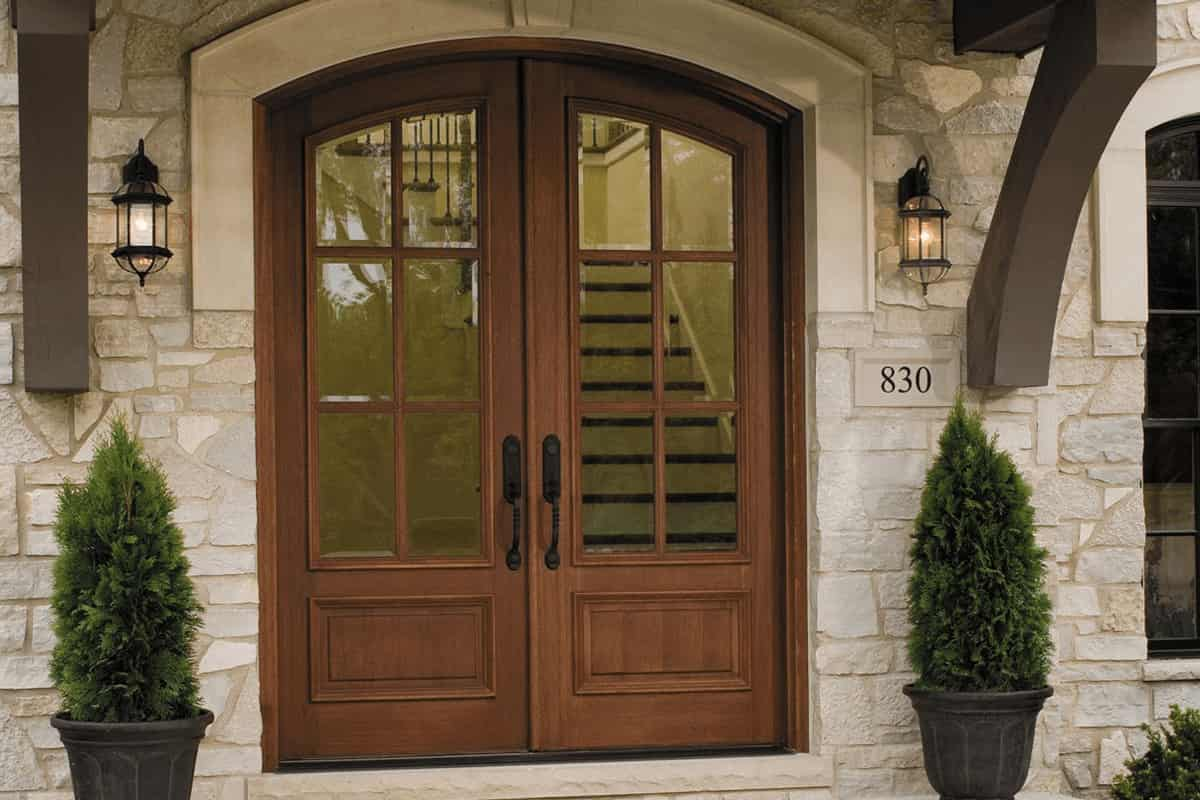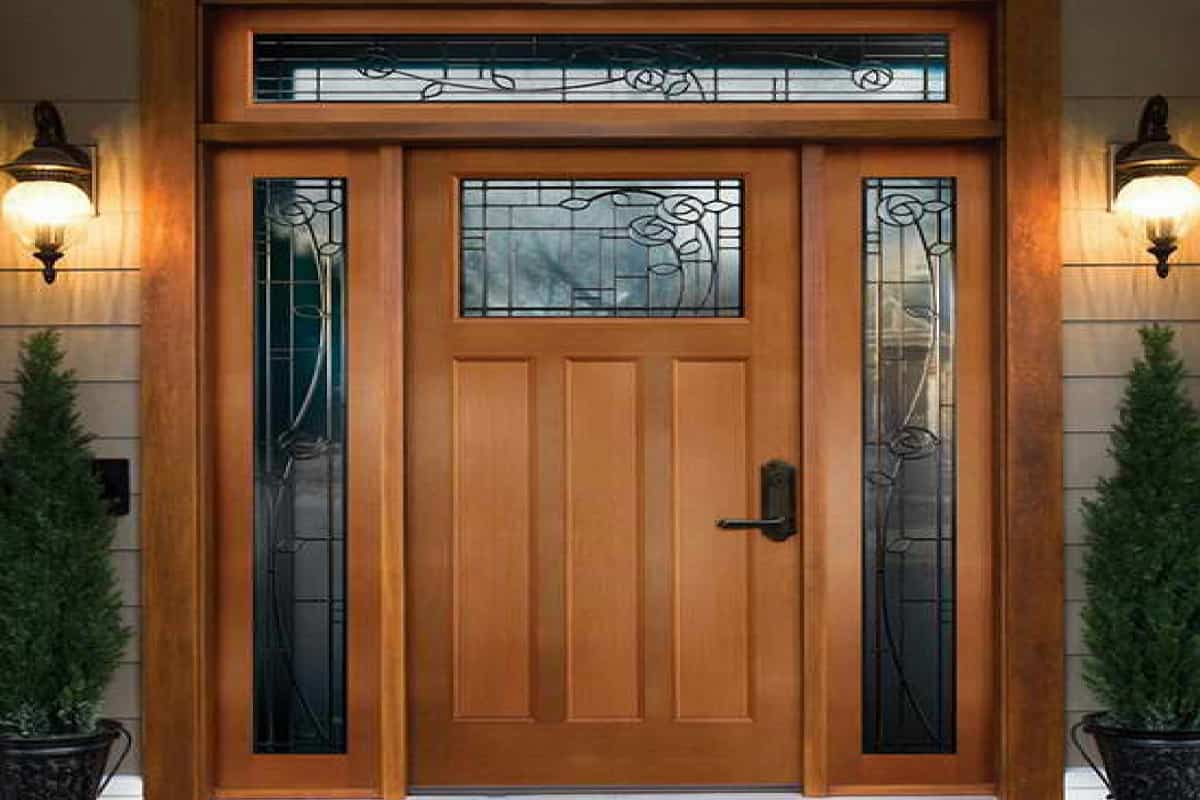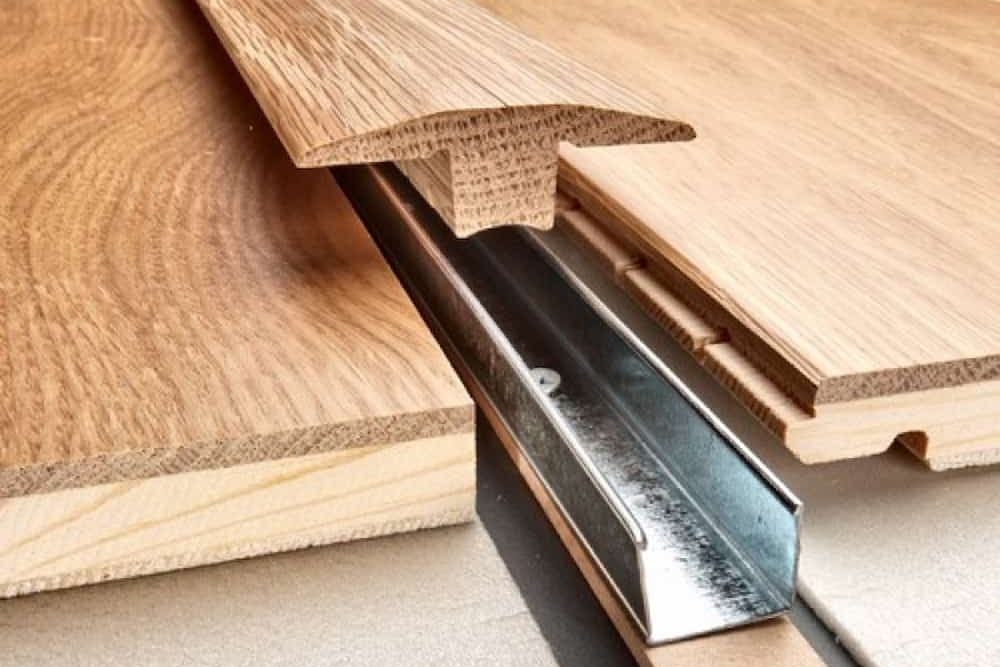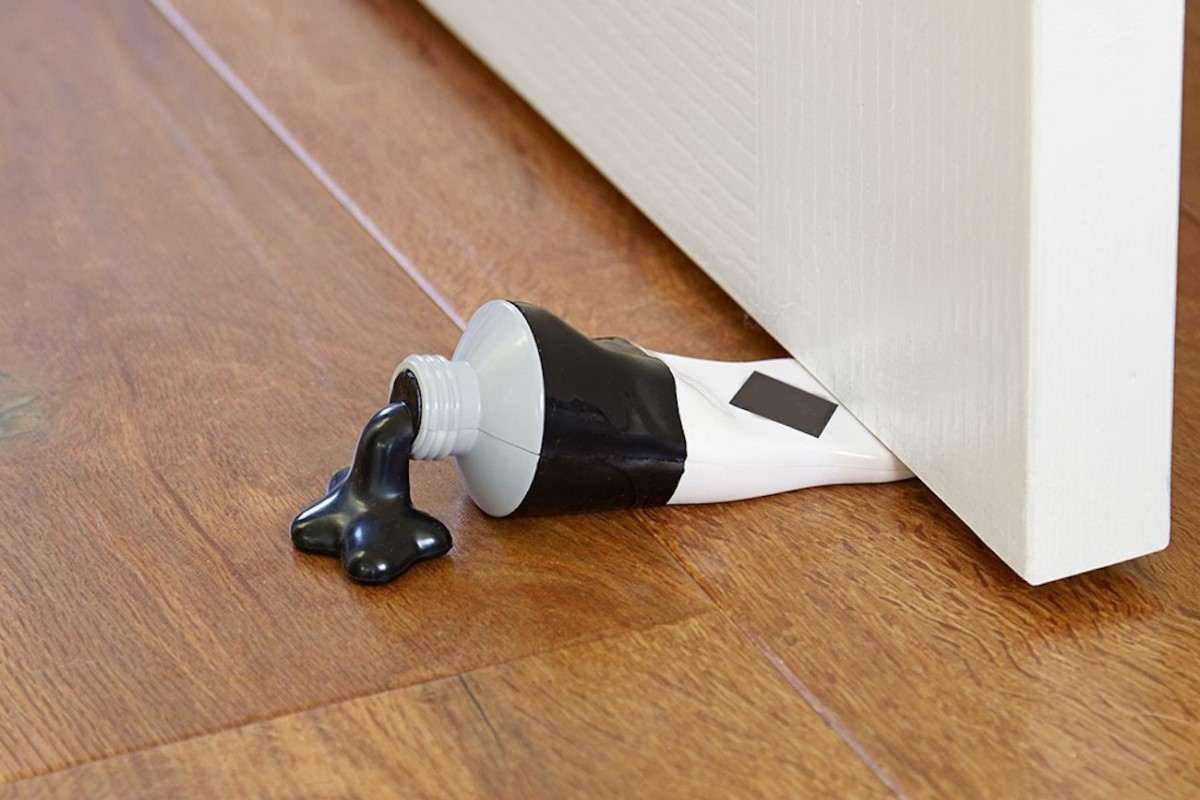Buy Door Lock Mechanism Parts at an eanchorceptional price
If you’ve ever questioned, “How does a door lock work?” The latch, which moves partly in and out of the lock cylinder mechanism when the door is locked, is the component that provides the solution
If the door is unlocked, the latch is still within the lock cylinder
The latch can only be released and the door unlocked with a key
To set up the lock manually, you must be familiar with how door locks operate
Assembling locks is a simple operation once you become acquainted with the door locking systems
You need to be familiar with the components of a door lock before we can discuss how locks operate
Understanding door locking systems will be simpler if you are aware of the characteristics and purposes of each component
Because it houses the locking mechanism, the cylinder is often referred to as the lock body
The spring-loaded pins that hold the lock shut are located within the cylinder
Without the proper key inserted, the spring-loaded pins will prevent the cylinder from turning
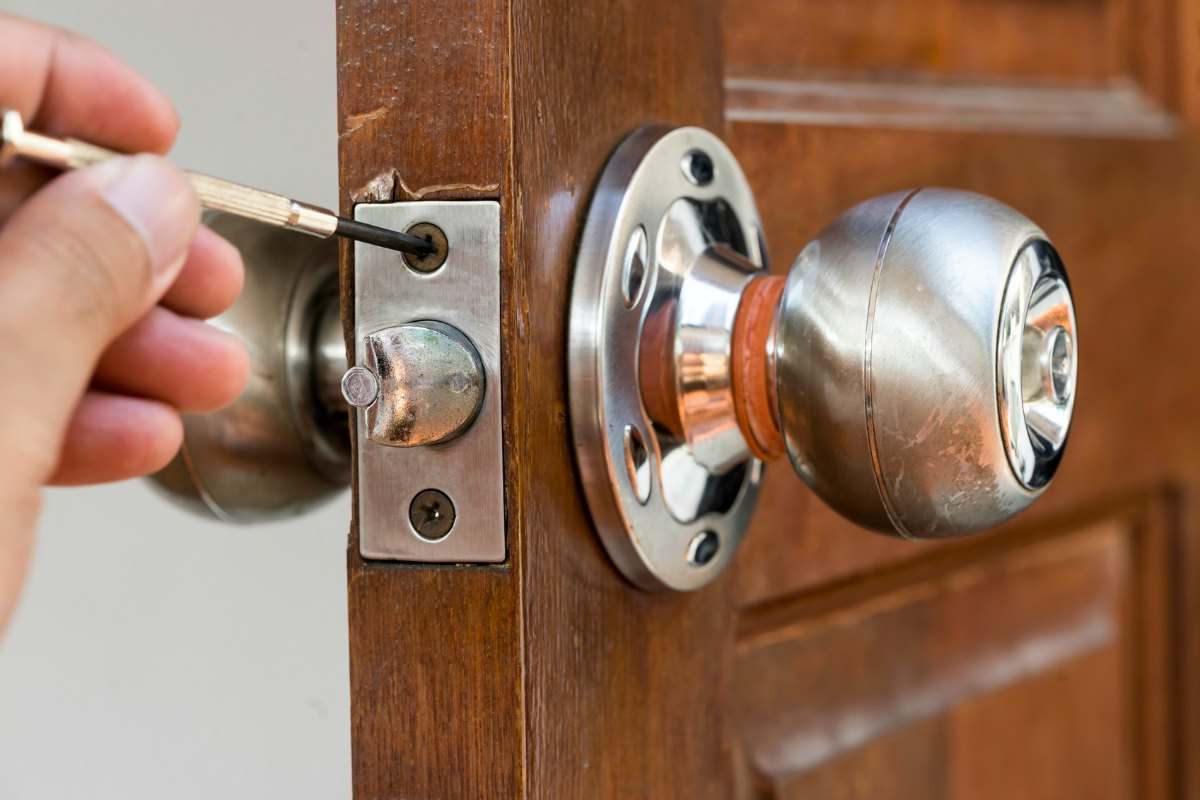
The door cannot open because of the bolt or latch
When the doorknob is turned, the latch is removed from the door jam
If the door is locked, the knob cannot be twisted, hence the latch will not release
The striking plate is a metal plate that is mounted on the jamb of the door
It is placed across from the lock
When the door is closed, it is also where the latch fits
To help the bolt stay in the proper position, certain striking plates feature lips
The area of the lock where the key is entered is called the keyway
The rotor, on the other hand, is the component of the lock that rotates when the right key is entered
It is situated within the lock’s cylinder
Every time the spring is compressed, the cotter pin lines up with the grooves in the key
When the door is unlocked, it also causes the rotor to rotate
Instead, until the proper key is entered, the spring stops the rotor from rotating
A metal rod known as a spindle joins the two doorknobs on each side of the door
When the doorknob is twisted, the spindle turns and retracts the latch, opening the door
The doorknob or handle gives the home’s owner a place to hold on
The outside knob or handle is the doorknob or handle that is located on the outside of the door
The interior handle or knob is found within
The majority of doorknobs are constructed of brass
The latch of a door lock is outside the lock cylinder and within the strike plate when the door lock is locked
It guarantees that the door won’t unlock until the appropriate key has been entered
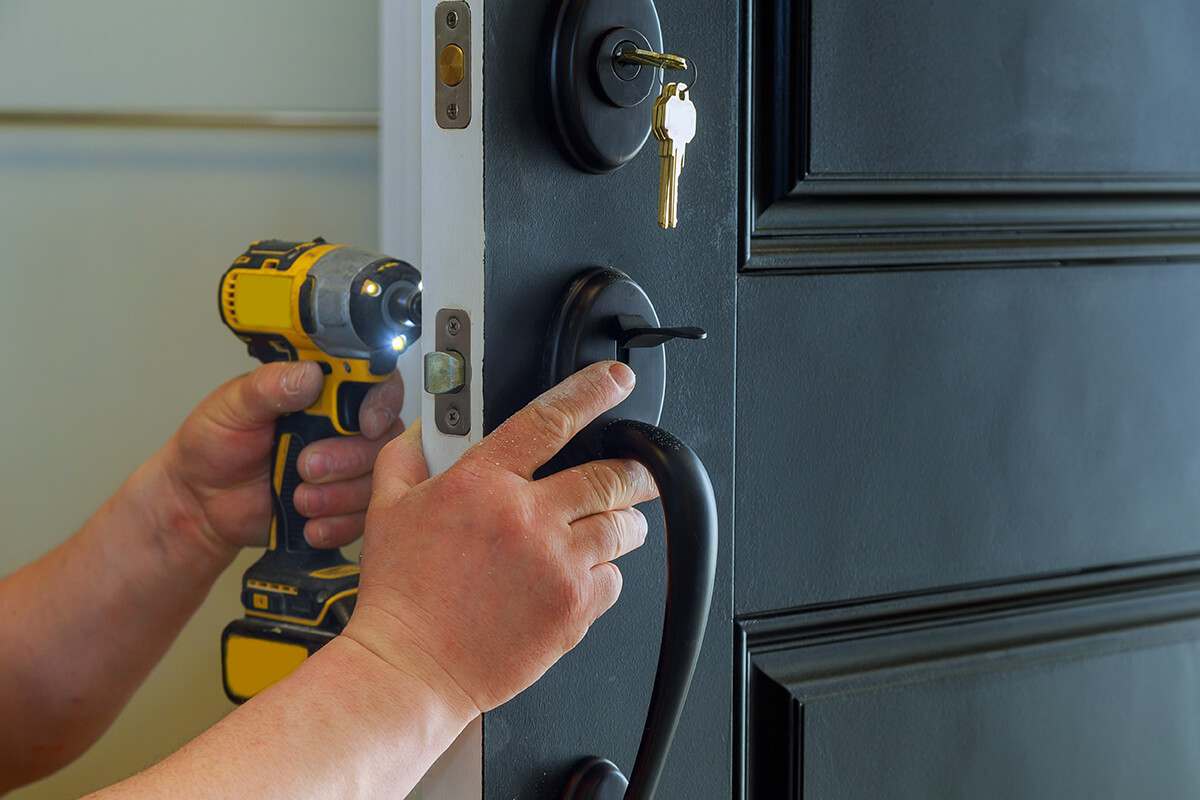
Each key has a unique set of ridges that fit into a certain lock
Key locks operate by spinning the cylinder to lock the door
When the cylinder is spun, the spring is released, causing the latch to shut
The inner door lock mechanism is activated by the correct key, which is also used to open the door
The key will align the pins after it is put into the keyway
With the cylinder turned, the door will be unlocked
The pins wouldn’t line up properly if the incorrect key were used to unlock the door
As a result, the top and lower pins would not be separated, making it impossible to spin the lock’s cylinder
If you’re interested in learning how a pin tumbler lock functions, you may watch the following video: In order to demonstrate how the lock works, it also contains a graphic of the door lock mechanism
When the wheels are positioned correctly, a space develops between the top and bottom notches
The fence portion of the lock, which is on wheels, slides into the opening, enabling the lock to open
When the latch is raised, the actuator links the door handle to the gap
The door handle and the unlock system separate when the latch is lowered, preventing the automobile door from opening
Understanding the door lock mechanism and its operations can help you respond to the question “how does a door lock work?” You must get acquainted with the lock’s components and functionalities before you can grasp how it works
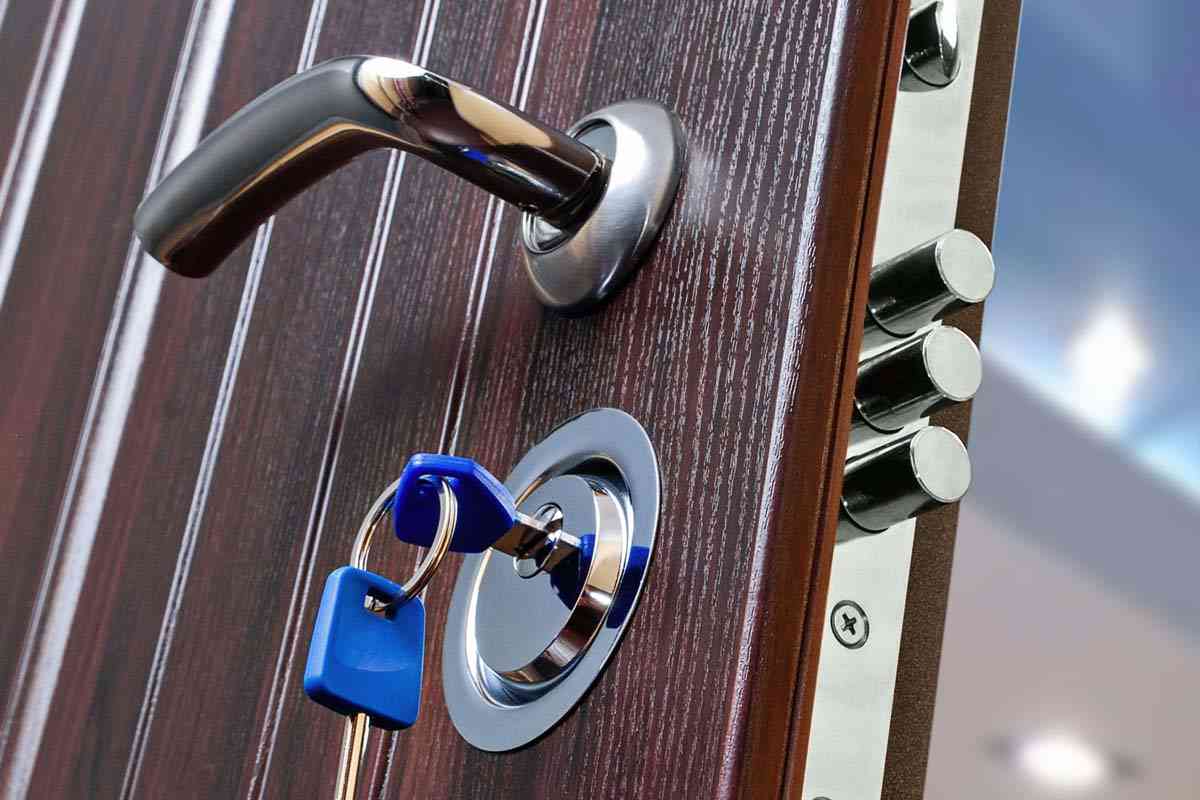
The simplest thing to do when uncertain of where to start your search for a new replacement lock is to identify the kind of your current locking mechanism
Not the lock’s brand, but the kind of lock
There are simply variants of the standard alternatives when it comes to door hardware, but not as many possibilities as you may imagine
Certain items may not follow your normal setup, but in general, you don’t encounter them very often
Here are the fundamental kinds of locks and a brief overview of each to get things started
You ought to own one of them
A latching device that is actuated by the handles is called a cylindrical latch
These are also known as deadbolts, auto locking latches, and spring latches
Backset diameters typically range from 2 3/8 to 2 34
A locking mechanism distinct from the latching system in a door set is called a cylindrical deadbolt
A key or turn piece may be used to lock a deadbolt
Manufacturers may either include the deadbolt and handle trim on the same escutcheon or create separate deadbolt trim to be utilized over a handle set
Backset diameters typically range from 2 3/8 to 2 34
The ASM Mortise lock combines the locking and latching mechanisms into a single lock that is designed like a cartridge
The mortise lock may be used for a number of purposes, including access, patio, passage, privacy, and so on
8′′ x 1 14′′ is the typical dimensions for a face plate

Adams Rite deadbolt: The Adams Rite products include a deadbolt and a mortise lock
These are designed to be mortised into doors with small stiles
They are available as solid swing bolts or hook bolts
Sizes for standard backsets include 7/8″, 31/32″, 1 1/8″, and 1 12″
Similar to the cylindrical latch, but with a narrower design, is the Adams Rite deadlatch
Sizes for standard backsets include 7/8″, 31/32″, 1 1/8″, and 1 12″

